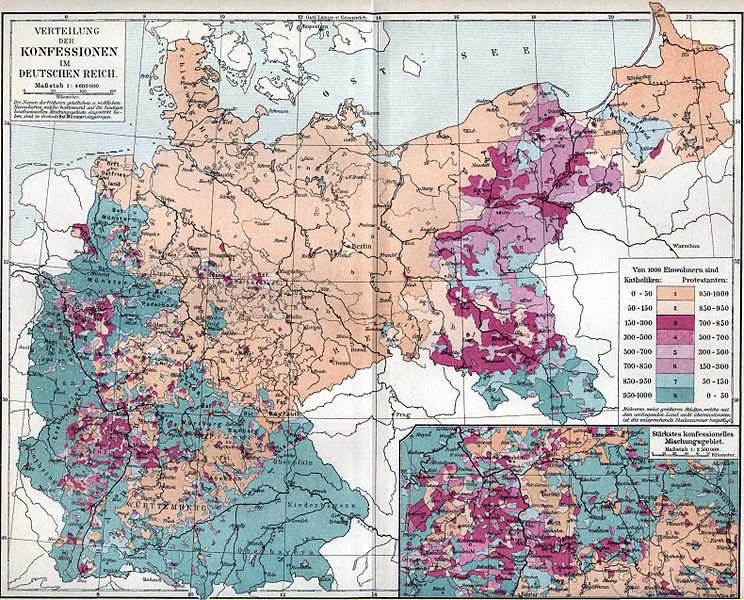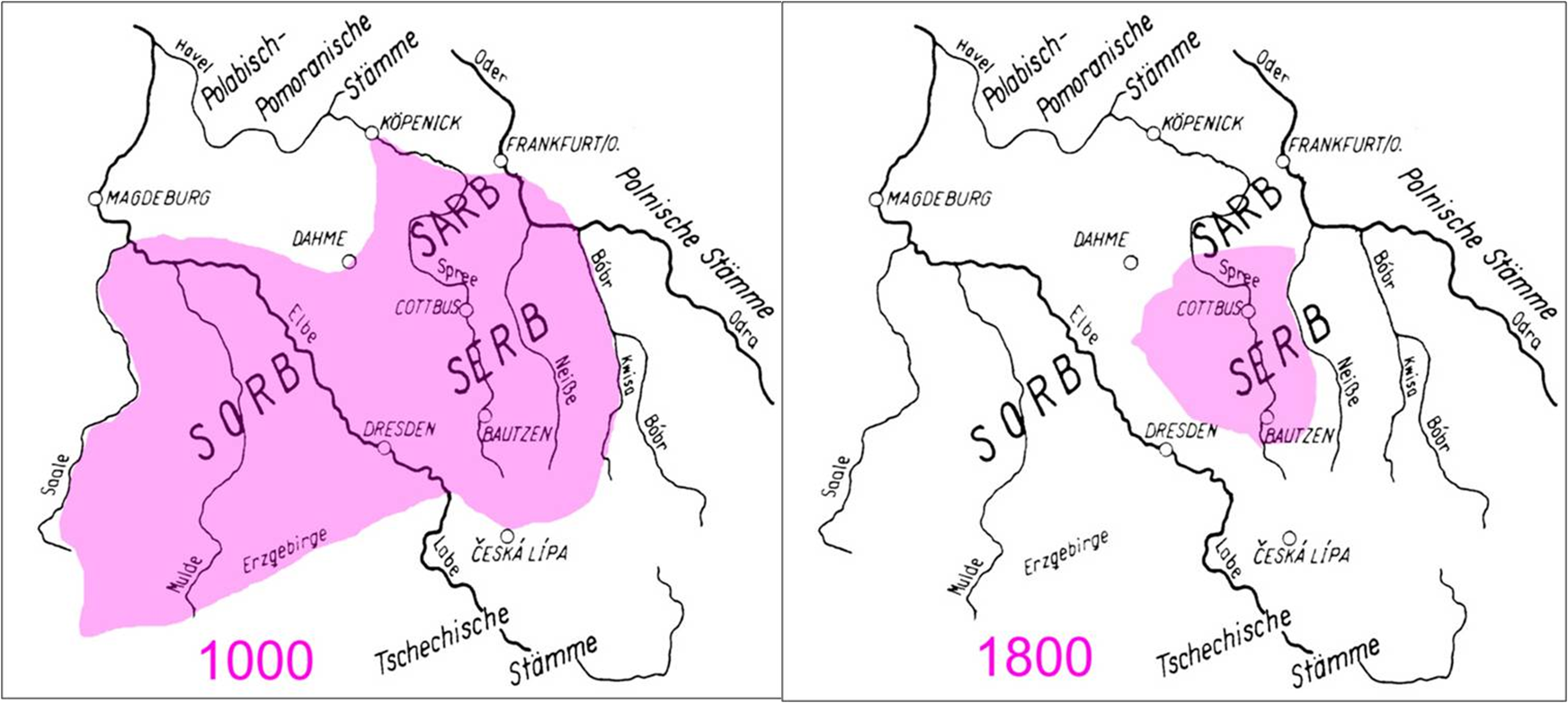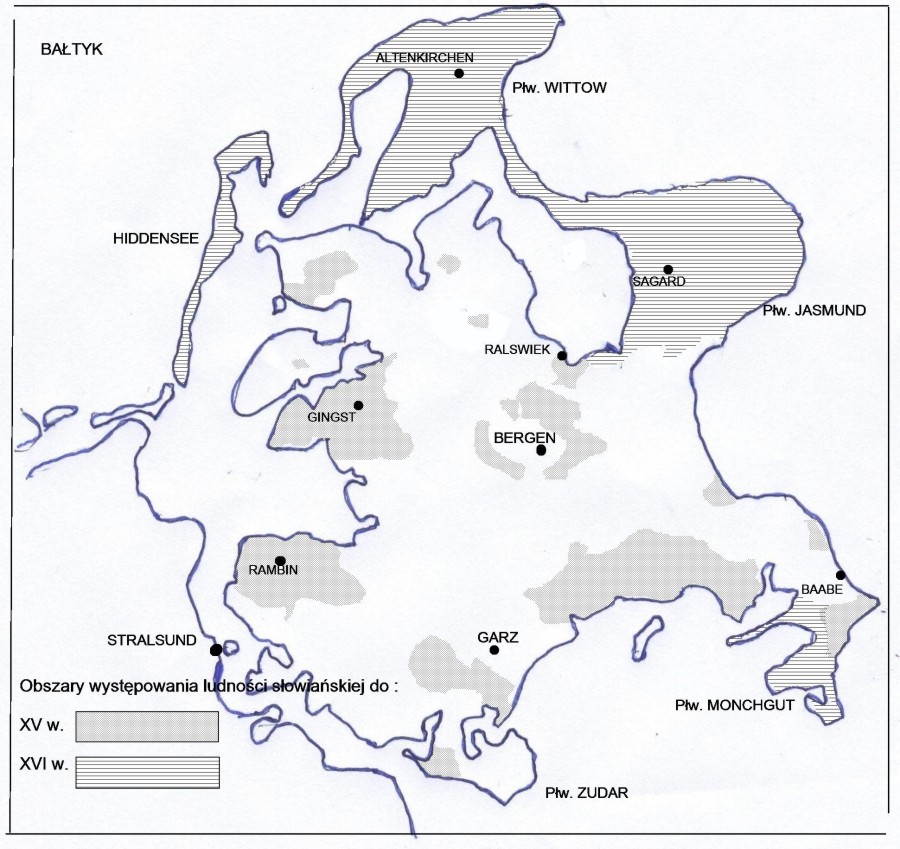Scottish Clan - Mac Domhnaill / Mac Dhòmhnuill
Light Blue Territory = Native Irish (Main Clans highlighted in white).
Blue Territory = "Degenerate English", ie Anglo-Normans who adopted the Irish Language, Irish customs and Irish laws and also Irish names; for example FitzGerald became Mac Gearailt, de Burgo became de Búrca or also Mac Uilliam, FitzGibbon became Mac Giobúin, de Courcy became de Cúrsa, FitzMaurice became Mac Muiris, de Clare became de Cléir and so on. They became the Hiberno-Normans (Main Clans highlighted in yellow).
E.A. D'Alton says in his book " History of Ireland" of the de Burgo family: "renouncing their allegiance to the English King, they renounced their name and nation...... and in the sight of the English garrison at Athlone cast aside their distinctive Norman dress and arms and assumed the saffron robes of an Irish chief. Their example was widely followed."
1= The English Pale, where English laws and customs remained






































